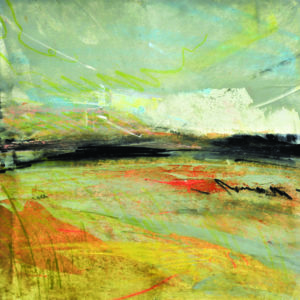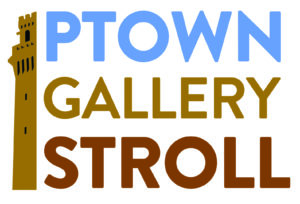“It’s the sensibility that people relate to — the design. It’s very clever,” says Jim Bakker, unfolding some of Vernon Smith’s famed batiks — fabrics dyed with a wax-resist method —from the 1930s. They depict clipper ships in full sail, flora and fauna, and billowing clouds in soft tones.
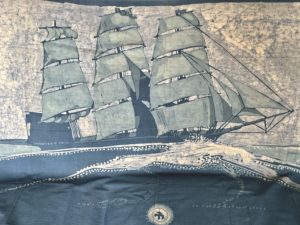
Bakker is showing the batiks, including a large three-panel batik screen; a lone carving of a sandpiper with an exaggeratedly long beak; and some of Smith’s metalwork at his Provincetown gallery, with an opening on Friday, Sept. 17.
The show, however, is just the tip of Smith’s creative iceberg. Born in 1894 in Cortland, N.Y., Smith attended the New York School of Fine and Applied Art (now Parsons School of Design) in 1913 and 1914, where the industrial arts — metalwork, sculpture, textiles — were cornerstones of his education.
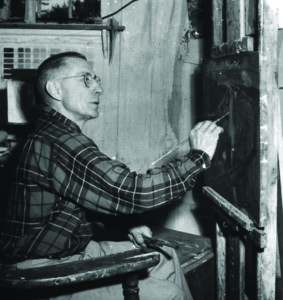
“It was the golden age of illustration,” explains Dan Joy, Smith’s grandson — also an artist — who lives in Orleans. Joy says that Smith maintained this “craftsman aesthetic” throughout his life.
A visual polymath, Smith, in addition to his metalwork, batiking, and sculpture, also painted signs; repaired furniture; made pottery, lamps, and bird feeders; opened an antique store; and taught arts and crafts in the local elementary schools.
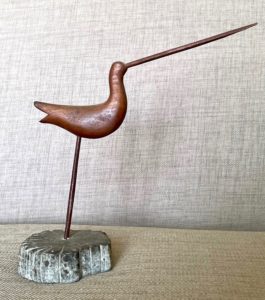
Smith came to Provincetown in 1922. “He had met two sisters from New York, and they were opening a tea house”— essentially a speakeasy, says Joy. “Vernon was the cook — he created the menus, did the drawings and the decorating, and the girls ran it.” Smith also studied with Charles Hawthorne in Provincetown.
Smith eventually married, settled in Orleans, and raised three children. In 1935, Smith became regional supervisor for the Cape Cod arm of the federal Works Progress Administration. He oversaw more than 100 artists, including Blanche Lazzell, Karl Knaths, Philip Malicoat, and Bruce McKain, becoming lifelong friends with the latter two. Smith, a violist, played chamber music with Malicoat and Edwin Dickinson. “It was part of what kept him in the Provincetown loop — he’d go up and play music with them,” says Joy.

Despite his ties to Provincetown, Smith is often forgotten in the town’s artistic history. This may be because Orleans was really his creative home. He lived, painted, and had his batik business there. He died in Orleans in 1969.
The house that Smith lived in on Monument Road still stands today, as does the original ship’s galley where he sold his metalwork. It is now the newly formed Galley West Art Gallery housed within the Church of the Holy Spirit. Inside the gallery, there is a Smith mural that has been recently restored.
In the ’40s and ’50s, Smith was also friendly with a group of artists in Brewster — another hub — including Harry Holl, Arnold Geissbuhler, and Howard Gibbs. “While Provincetown was painting the town and the wharfs,” says Joy, “Brewster artists and Smith started to think cosmically — about the mysticism of the sea.”
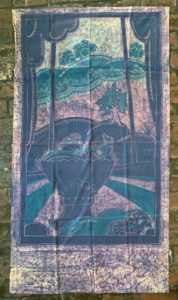
By the 1950s, Smith was creating the superb, frieze-like shallow relief wood carvings for which he would become known. Smith purchased panels of ponderosa pine during road trips to visit his sister in Oregon. He hauled them in the back of his station wagon. One of Smith’s first carvings hangs over the fireplace at Snow Library in Orleans. A magnificent 40-foot example resides at the former Cape Cod Sea Camps in Brewster.
“The wood carvings — that’s his Sistine Chapel,” says Joy. “He had that illustrator style.”
These carvings, especially, are influenced by the arts and crafts movement. “You see it in his sense of decoration — his line really is almost derivative of William Morris’s wallpaper,” says Joy. “Whether it was a carving or a layout, he’d just start with a pencil.”
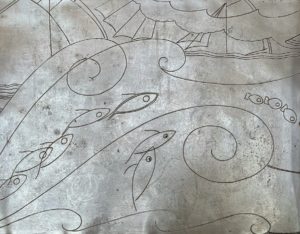
The way Smith depicts bamboo, schools of fishes, whales, and flocks of birds is stylized and instantly recognizable. The carvings have the same easy line evident in the earlier batiks and metalwork on display at the Bakker Gallery. Even the early aluminum trays — undeniably functional — are decorated with the distinctive long, loping lines.
“Vernon just had such a practiced line throughout his entire life, and that line would be in anything — from a carving to a batik,” says Joy. “It was in the brush — it was in the duende of his hand movement.” The works at Bakker Gallery, though just a small selection, are a gateway into Smith’s creative world.
Renaissance Man
The event: Works by Vernon Smith
The time: Friday, Sept. 17 through Oct. 3
The place: Bakker Gallery, 359 Commercial St., Provincetown
The cost: Free
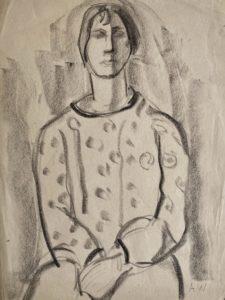
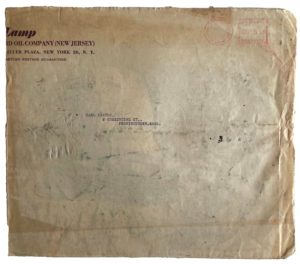
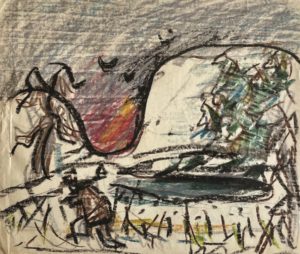

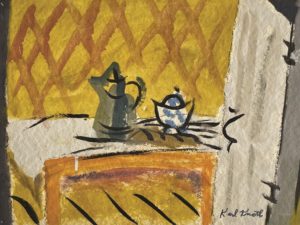
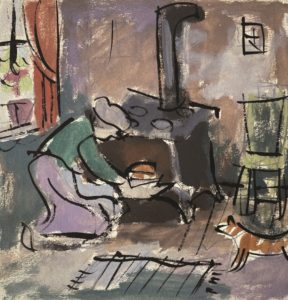
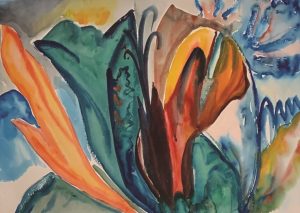
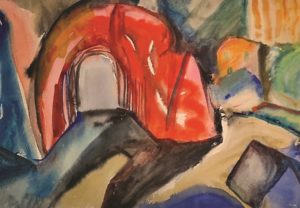 But a great deal of Dorothy Loeb’s history is uncertain or shifting — not unlike her watercolors. Born in July 1887, she spent much of her early life in Chicago, studying at the Art Institute. She was probably first introduced to Matisse’s work when the Armory Show traveled to Chicago in 1913.
But a great deal of Dorothy Loeb’s history is uncertain or shifting — not unlike her watercolors. Born in July 1887, she spent much of her early life in Chicago, studying at the Art Institute. She was probably first introduced to Matisse’s work when the Armory Show traveled to Chicago in 1913.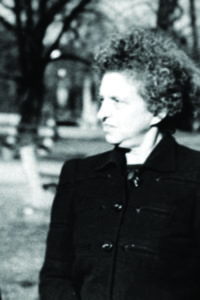



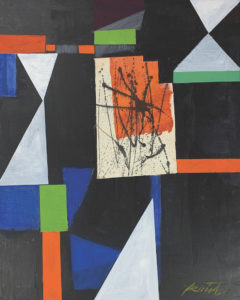

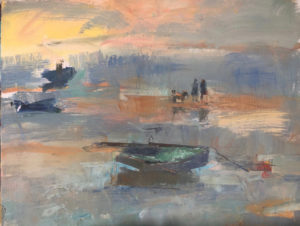
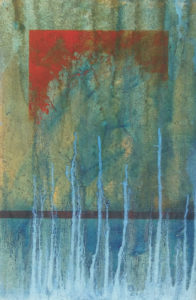
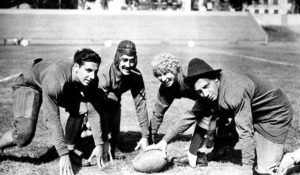






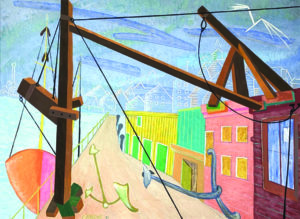

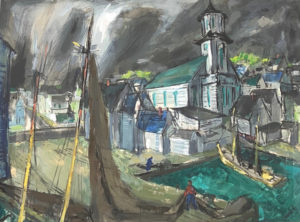
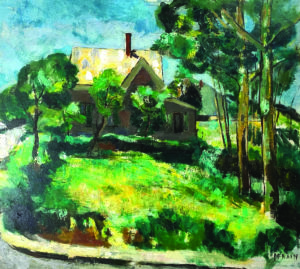
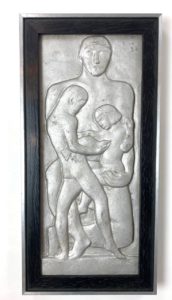

 James Frederick to the Power of Six
James Frederick to the Power of Six
